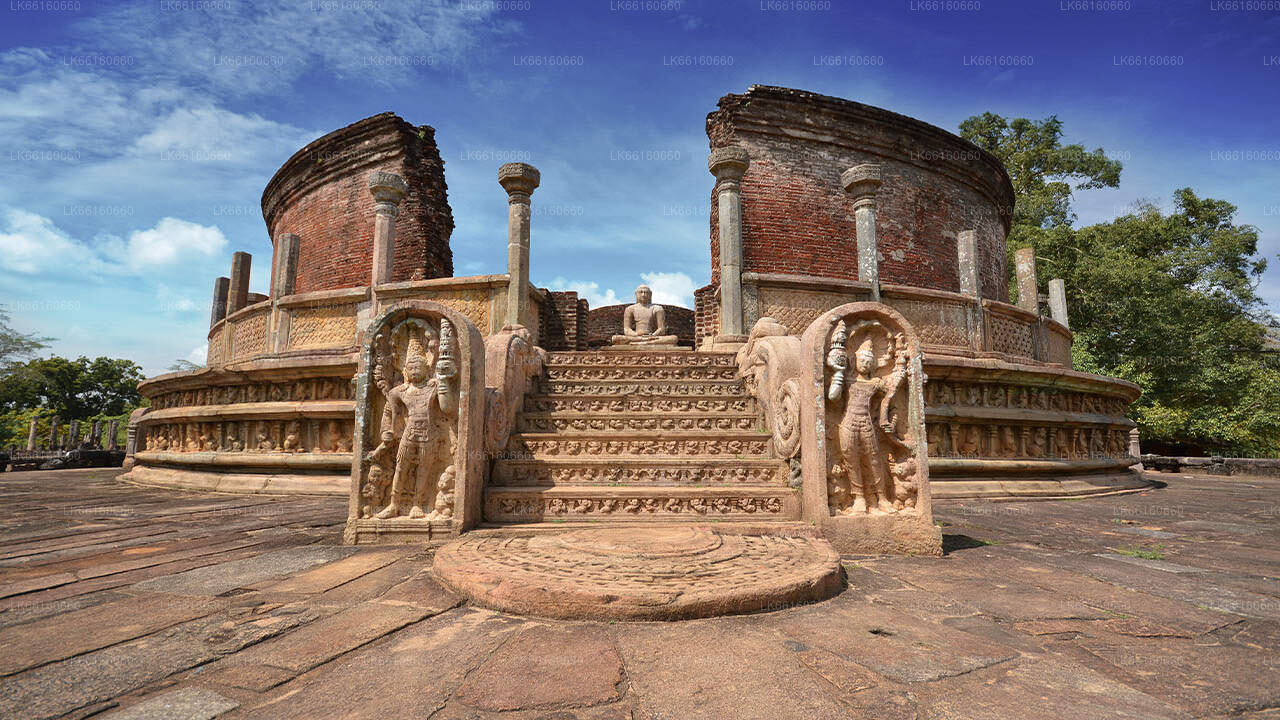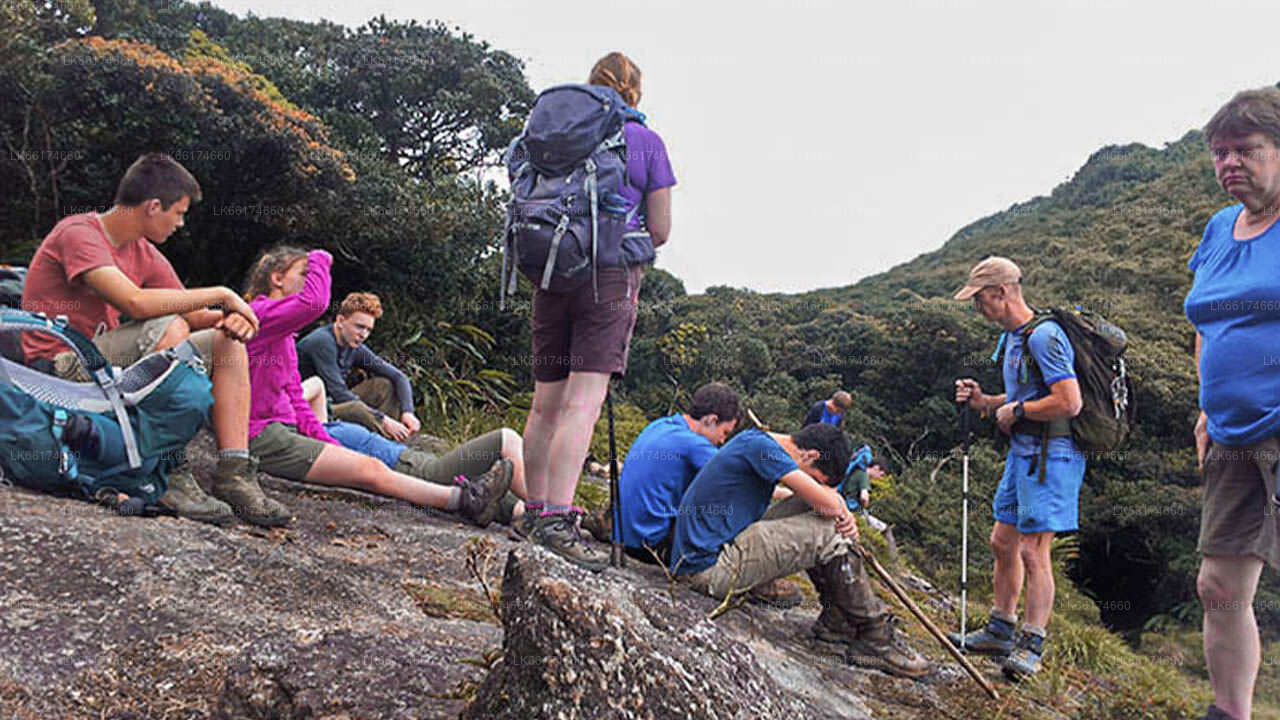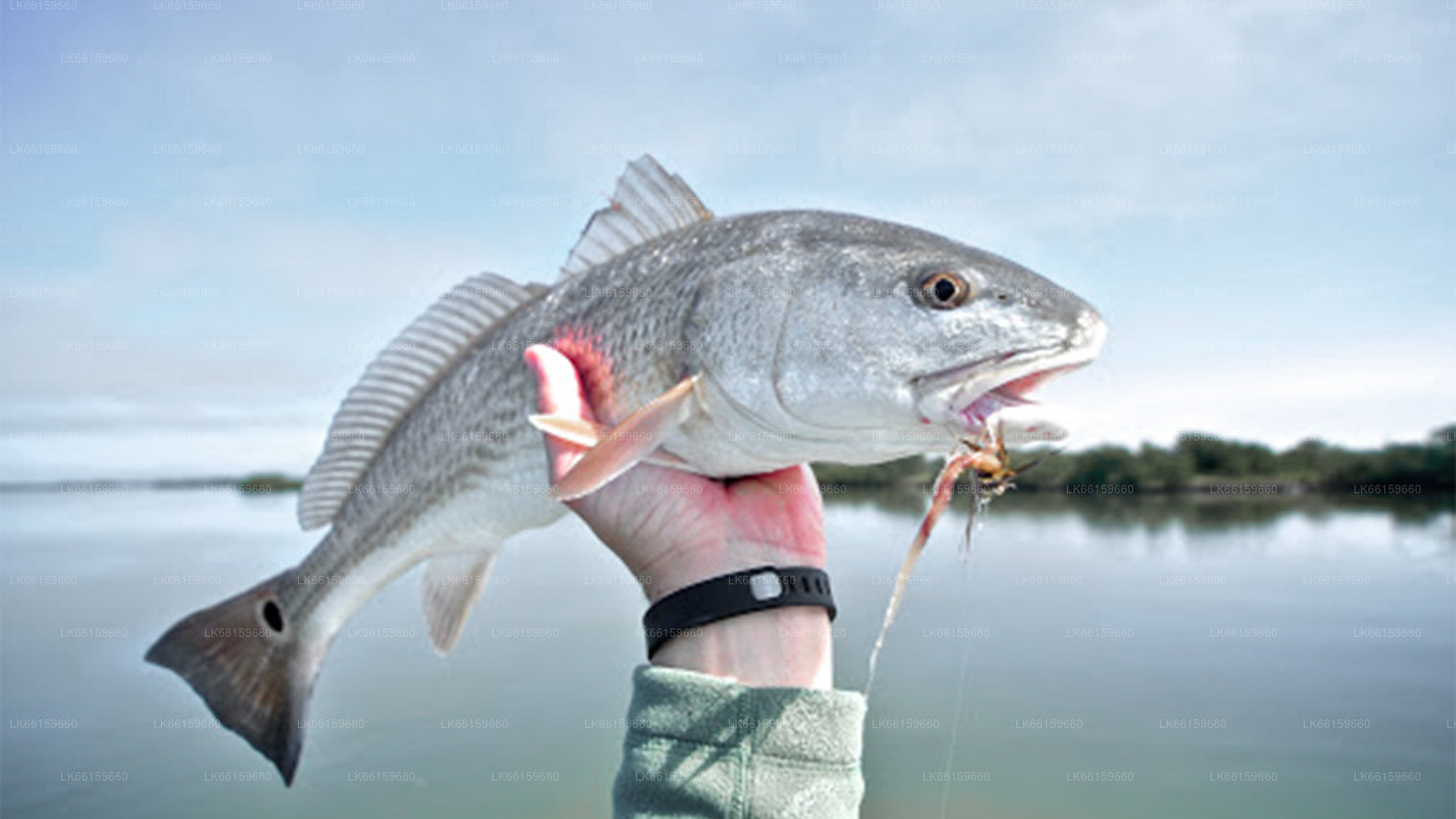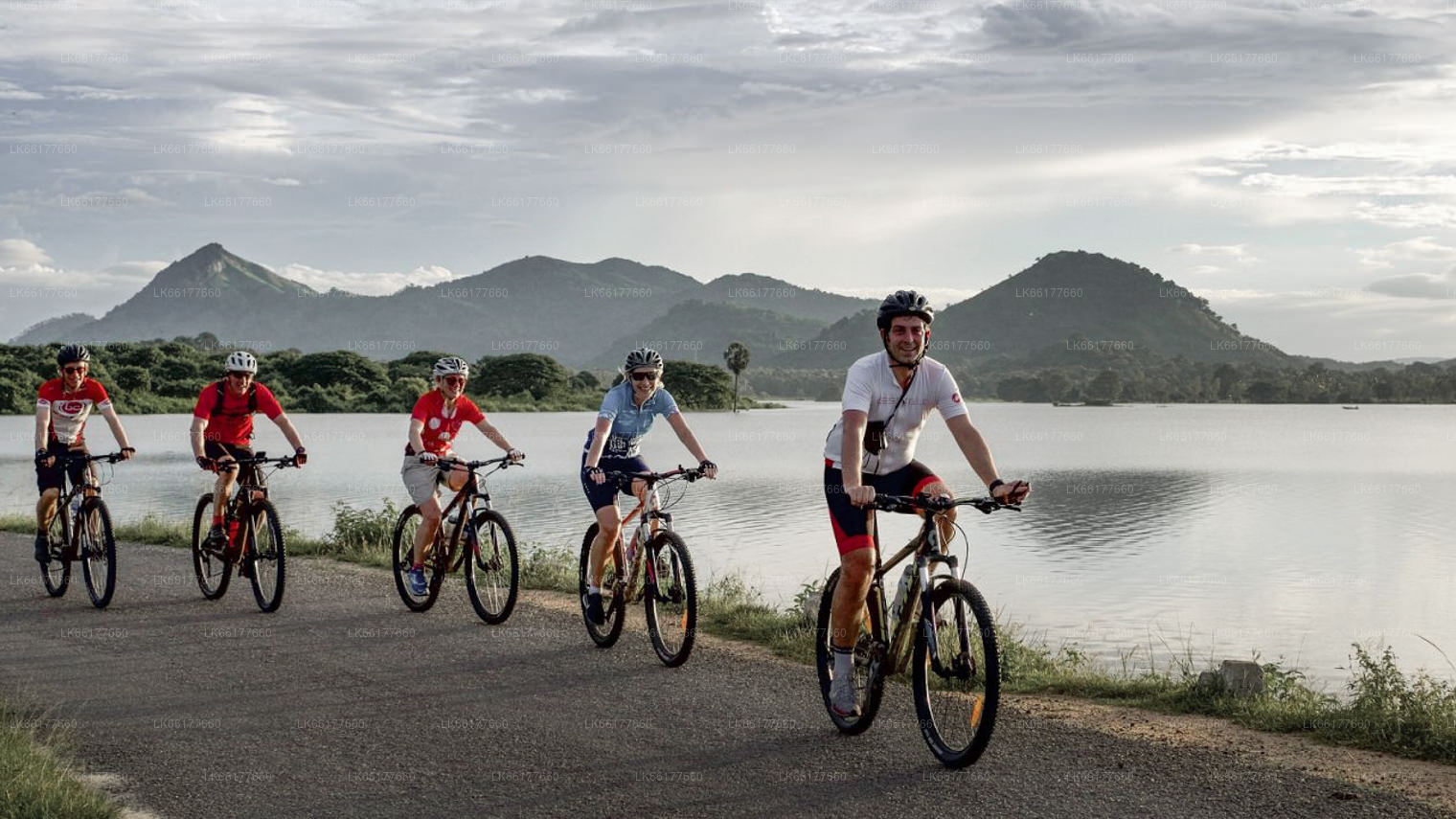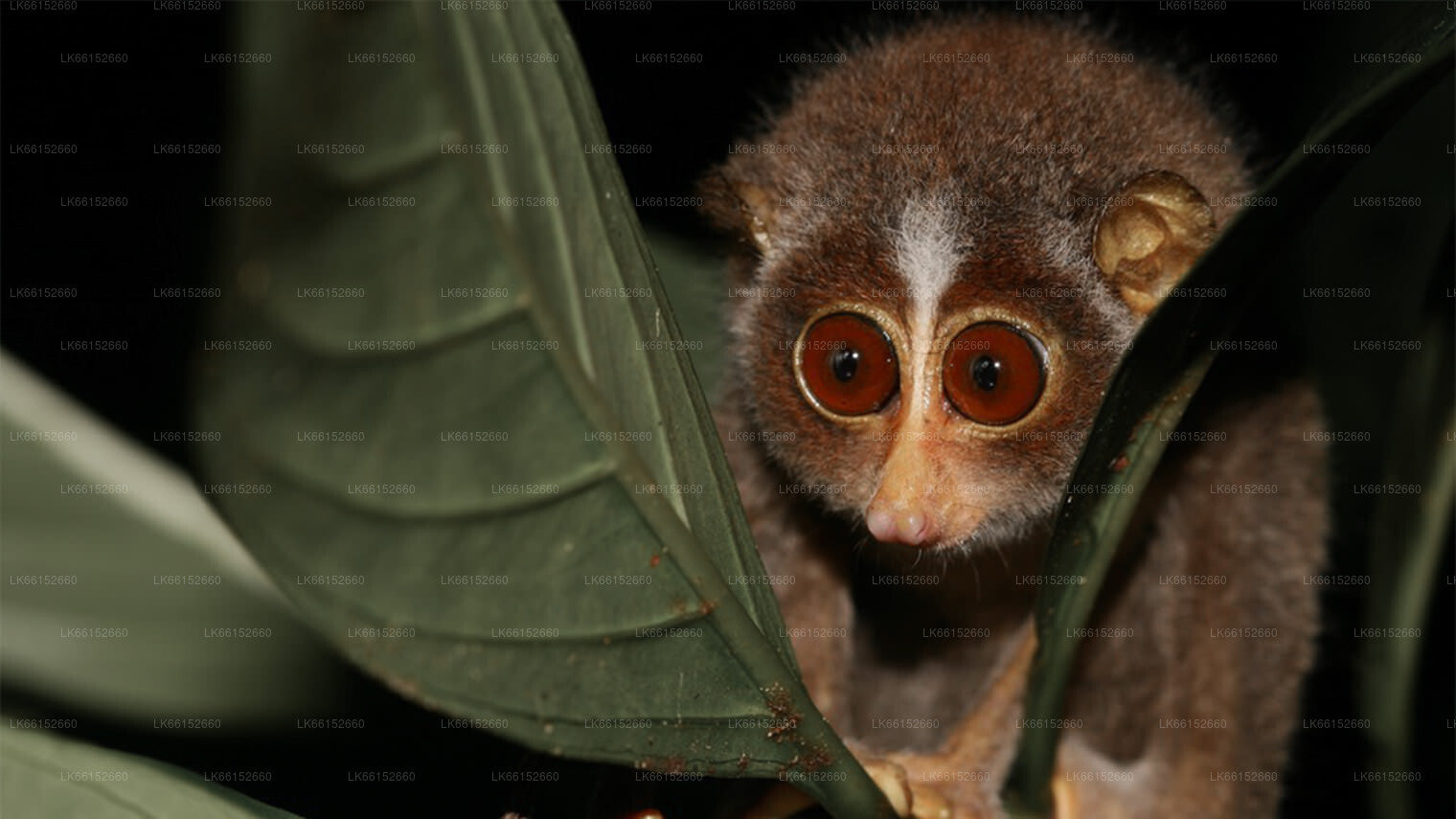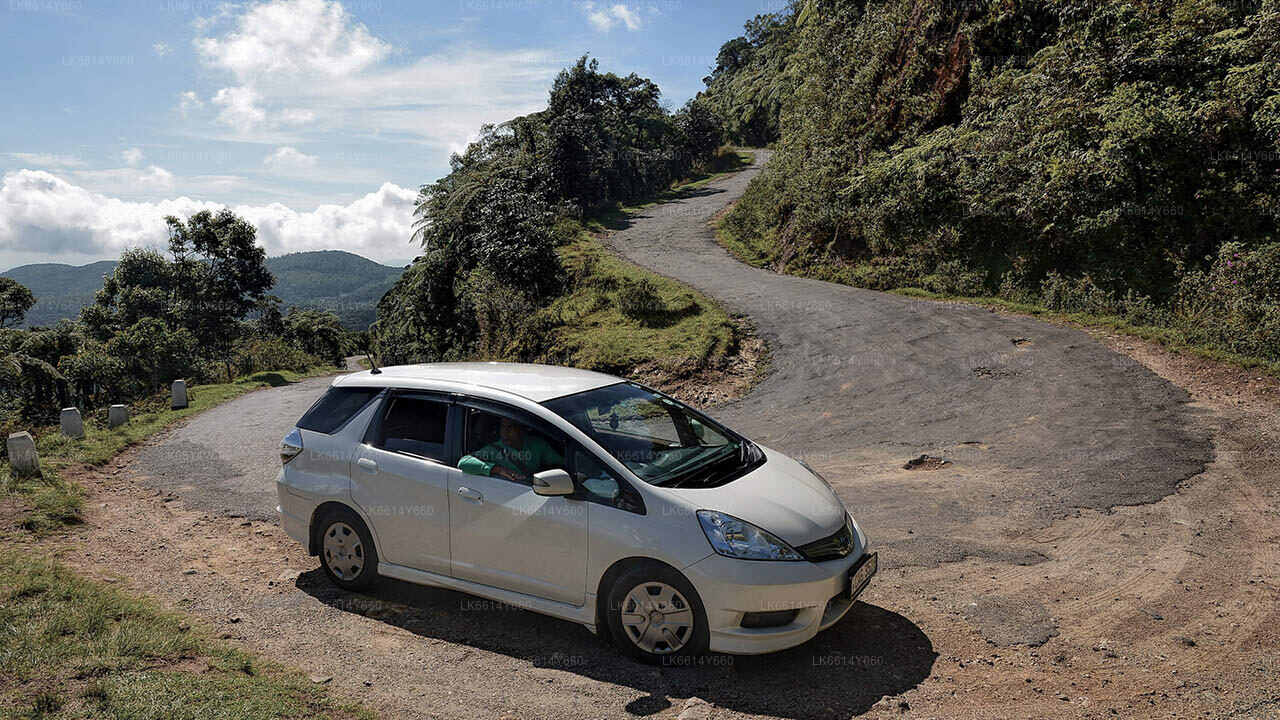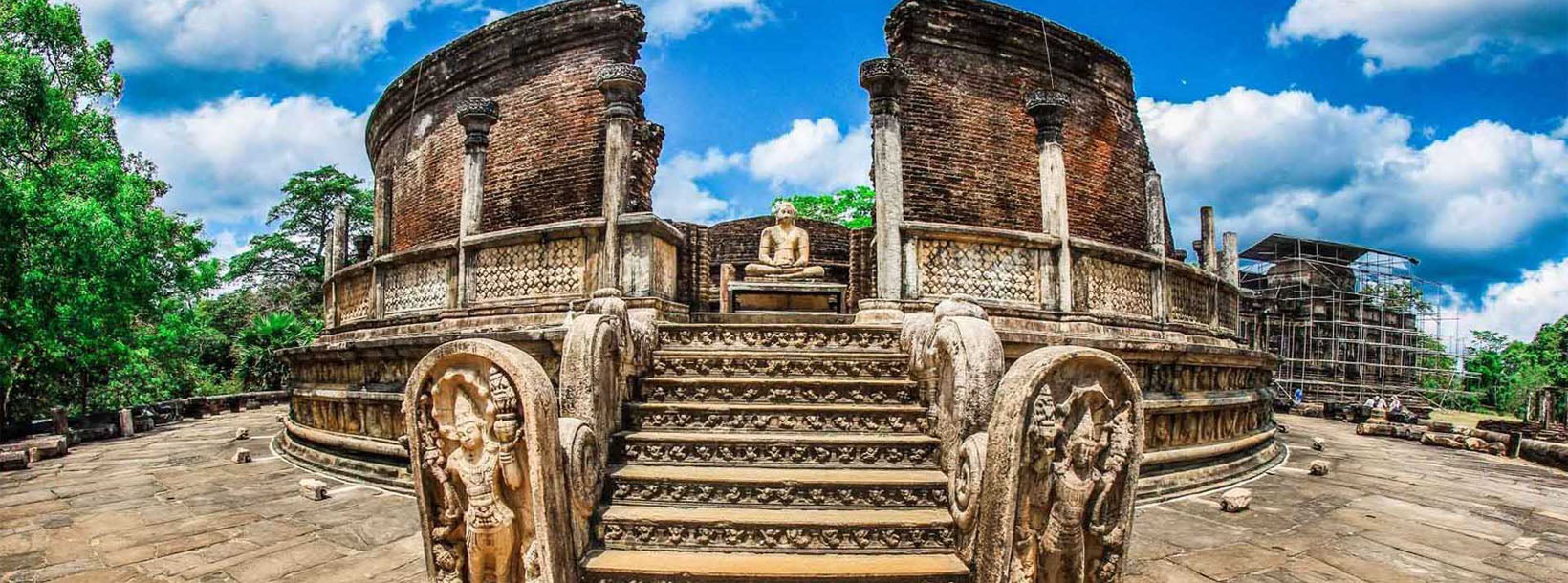
폴로나루와 시
스리랑카의 유네스코 세계문화유산인 폴로나루와는 스리랑카의 중세 수도(11세기~13세기)였습니다. 상징적인 갈 비하라(Gal Vihara) 석상을 비롯한 잘 보존된 유적지로 유명한 폴로나루와는 고대 싱할라 문명의 위엄을 보여주는 인상적인 건축물들을 자랑합니다.
Pulasthi Statue
The statue is located to the north of the city of Polonnaruwa, and close to the eastern bank of the Parakrama Samudra reservoir, which was built by Parakramabahu I himself. It is about 100 metres (330 ft) north of the ancient Potgul Vehera monastery
LocationThe statue is located to the north of the city of Polonnaruwa, and close to the eastern bank of the Parakrama Samudra reservoir, which was built by Parakramabahu I himself. It is about 100 metres (330 ft) north of the ancient Potgul Vehera monastery.
CharacteristicsThe statue was built presumably in the 12th century, during the reign of Parakramabahu I. The statue of Parakramabahu I is one of the best stone sculptures belonging to the Polonnaruwa period. The 11-foot-2-inch-high (3.40 m) statue is carved in high relief on a large boulder, with full use being made of its height. Its upper body is bare except for a single thread worn over the left shoulder.A long object is held in the hands. The statue's face carries a grave expression, with half-closed eyes, a high forehead, a long beard and a moustache. The shoulders of the statue are rounded, suggesting "extraordinary strength". The right leg is relaxed with the right knee bent forward slightly. The left leg carries the weight of the body, while the hip is also slightly inclined to the left. According to archaeologist Senarath Paranavitana, this statue is "the very embodiment of strength, majesty and dignity"
IdentityThe statue has not been positively identified, but the popular and widely accepted belief is that the statue is of King Parakramabahu I, who ruled the country 1153 to 1186. Historian Mendis Rohanadeera has suggested that the statue shows a man belonging to the Lambakanna clan, because a hare—a symbol of this clan—is depicted above the left shoulder of the statue. This supports the theory that it is a statue of Parakramabahu I, who was of the Lambakanna clan. However, another theory is that it is the statue of a sage; either Agastya or Pulasthi. The object held in the hands of the statue may be an ola (cured palm leaves) book. This, and the fact that it is located close to the Potgul Vehera, which was a library in ancient times, supports this theory. However, another belief is that the object is a "yoke of kingship".
폴로나루와 지구 소개
폴로나루와는 스리랑카 북중부 주에서 두 번째로 큰 도시입니다. 고대 도시 폴로나루와는 유네스코 세계문화유산으로 지정되었습니다. 폴로나루와는 정복과 투쟁의 역사를 간직하고 있으며, 문화 삼각지대의 세 번째 요소로 손꼽힙니다. 캔디에서 북동쪽으로 약 140km 떨어진 폴로나루와는 역사와 문화 애호가들에게 수많은 중요한 명소를 품고 있어 끝없는 즐거움을 선사합니다.
오늘날 남아 있는 유적의 상당 부분은 파라크라마 바후 1세의 공로로 여겨집니다. 그는 공원, 건축물, 관개 시설 등 도시 계획에 왕실 자원을 대거 투자했습니다. 그의 통치 기간은 선견지명이 뛰어난 통치자 아래 왕국이 번영하고 번영했던 황금기로 여겨집니다. 파라크라마 사무드라는 거대한 탱크로, 후원자의 이름을 따서 명명되었습니다. 왕의 인기 있는 왕궁, 아름답게 조각된 석조 코끼리로 둘러싸인 알현실, 그리고 목욕탕은 당시의 뛰어난 공학 기술을 보여줍니다.
북중부 지방 소개
스리랑카에서 가장 큰 주(州)인 북중부주는 전체 국토 면적의 16%를 차지합니다. 북중부주는 폴로나루와와 아누라다푸레라는 두 개의 지구로 구성되어 있습니다. 아누라다푸라는 스리랑카에서 가장 큰 지구로, 면적은 7,128km²입니다.
북중부 지방은 투자자들이 사업을 시작할 수 있는 풍부한 잠재력을 가지고 있으며, 특히 농업, 농업 기반 산업, 축산 분야가 그렇습니다. 북중부 지방 주민의 65% 이상이 기초 농업 및 농업 기반 산업에 의존하고 있습니다. 3,000개가 넘는 중대형 탱크가 있어 북중부 지방은 "웨우 벤디 라제(Wew Bendi Rajje)"라고도 불립니다. 스리 마하 보디야(Sri Maha Bodiya), 루완웰리 세야(Ruwanweli Seya), 투파라마 다게바(Thuparama dageba), 아바야기리 사원(Abayagiri Monastry), 폴로나루와 란콧 웨헤라(Polonnaruwa Rankot wehera), 랑카틸라케(Lankathilake) 등이 있습니다.









